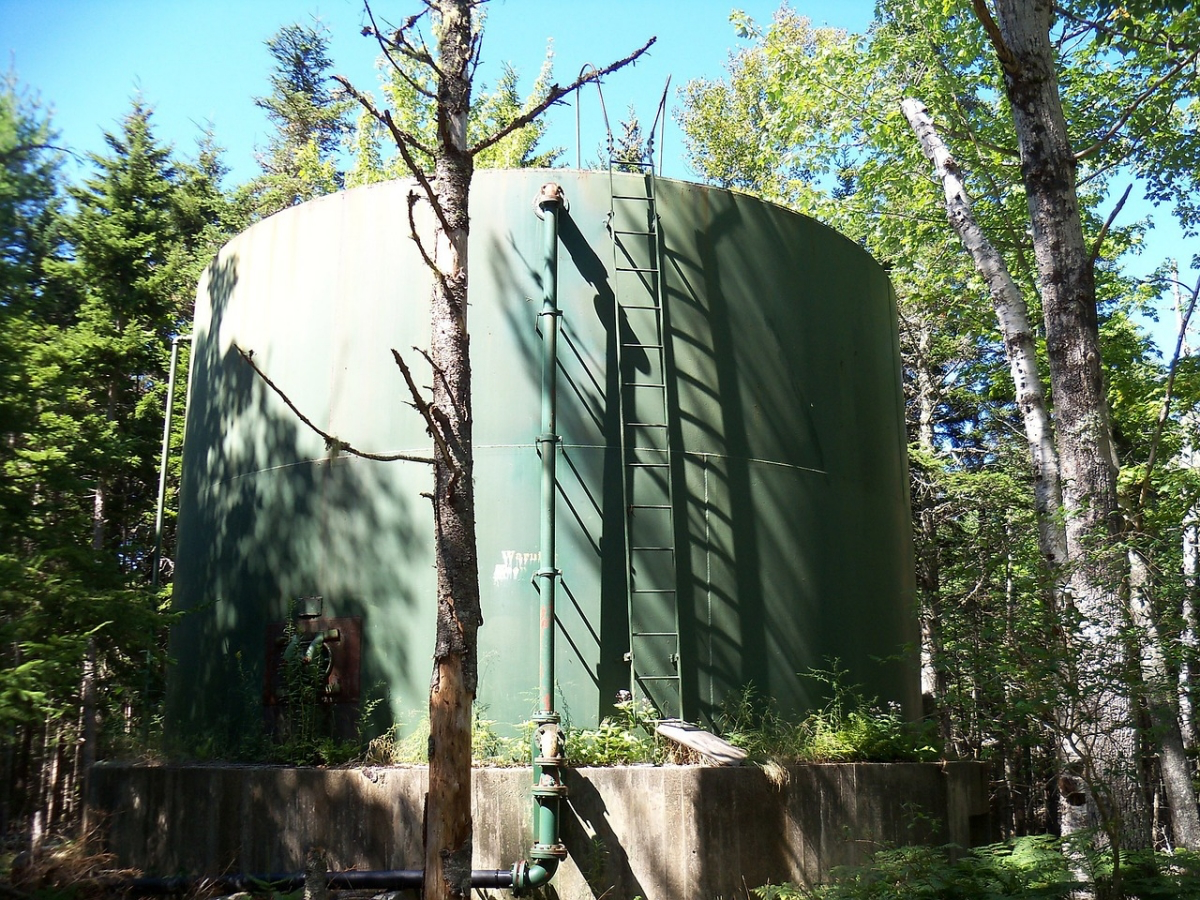Tips for Maintaining Your Underground Water Storage Tank
As an essential component of various residential and commercial buildings, underground water reservoirs serve a vital purpose in securing a consistent and sustainable water source. These tanks need periodic maintenance to ensure peak performance and longevity. In this post, we will furnish you with invaluable guidance and perspectives concerning the maintenance tips for your underground water storage tank, enabling water conservation and prevention of future complications. Regularly Check For Leaks Initiating the maintenance of your underground water storage starts with regular assessments to detect potential seepages. Even inconspicuous leaks can result in substantial water wastage over an extended period, not...

As an essential component of various residential and commercial buildings, underground water reservoirs serve a vital purpose in securing a consistent and sustainable water source. These tanks need periodic maintenance to ensure peak performance and longevity. In this post, we will furnish you with invaluable guidance and perspectives concerning the maintenance tips for your underground water storage tank, enabling water conservation and prevention of future complications.

Regularly Check For Leaks
Initiating the maintenance of your underground water storage starts with regular assessments to detect potential seepages. Even inconspicuous leaks can result in substantial water wastage over an extended period, not to mention visible impairment to the reservoir itself and its immediate vicinity. Establish a routine for periodic inspections, aimed at identifying telltale signs of leakage such as damp patches, pools of water, or uncharacteristically elevated water invoices. Pay attention to the tank’s connections, fixtures, and valves during the examination process. You can hire a tank removal service to conduct a conclusive inspection. In the event of detecting any leaks or harboring suspicions of a predicament, promptly undertake corrective measures to rectify the issue prior to its exacerbation.

Inspect the Water Regularly
Over time, contaminants may infiltrate the tank, posing a risk to the water’s quality. Implement visual assessments to ensure the water retains its clarity and remains devoid of any aberrant hues or odors. Contemplating the installation of a filtration mechanism or a water examination kit can provide a more precise evaluation of the water’s caliber. Regularly scrutinizing the pH levels, chlorine content, and presence of bacteria can assist in early identification of potential concerns and enable appropriate measures to preserve the cleanliness and safety of the water.

Clean Your Tank Annually
As time elapses, sediment and even algae growth can amass within the tank, thus jeopardizing water quality and potentially harming the tank’s structural integrity. Initiate the process by completely draining the tank, exercising caution and adhering to safety protocols. Subsequently, employ a non-abrasive brush and a solution composed of mild detergent and water to meticulously scrub the tank’s interior surfaces. Thoroughly rinse the tank to eliminate any lingering residue, and consider using a disinfectant approved for potable water systems, which will sterilize the tank and eradicate any persistent bacteria or pathogens. Adhere to proper safety procedures and seek professional guidance if necessary.

Connect Your Tank to a Filtration System
While the tank itself serves as a storage facility, a filtration system acts as an additional safeguard, guaranteeing the cleanliness and safety of the water for diverse applications. Various types of filtration systems are accessible, encompassing uncomplicated mesh filters to sophisticated multi-stage setups. Engage in research to identify and select a filtration system that aligns with your specific requirements and financial means. Install the system in alignment with the outlet of your underground tank, enabling the water to traverse through the filters before reaching your faucets or other designated points of usage. This implementation aids in the elimination of impurities, sediments, chlorine, and additional contaminants, ultimately presenting you with purified and filtered water. Abide by the manufacturer’s instructions to regularly maintain and replace the filters, thereby ensuring the system operates at its optimum capacity.

Endnote
The proper upkeep of your underground water storage tank is crucial to guarantee a dependable and uncontaminated water provision. By implementing these suggestions, you can relish the advantages of a well-preserved tank, including sustainable water usage, monetary savings, and the reassurance that your water supply attains high standards of quality.
